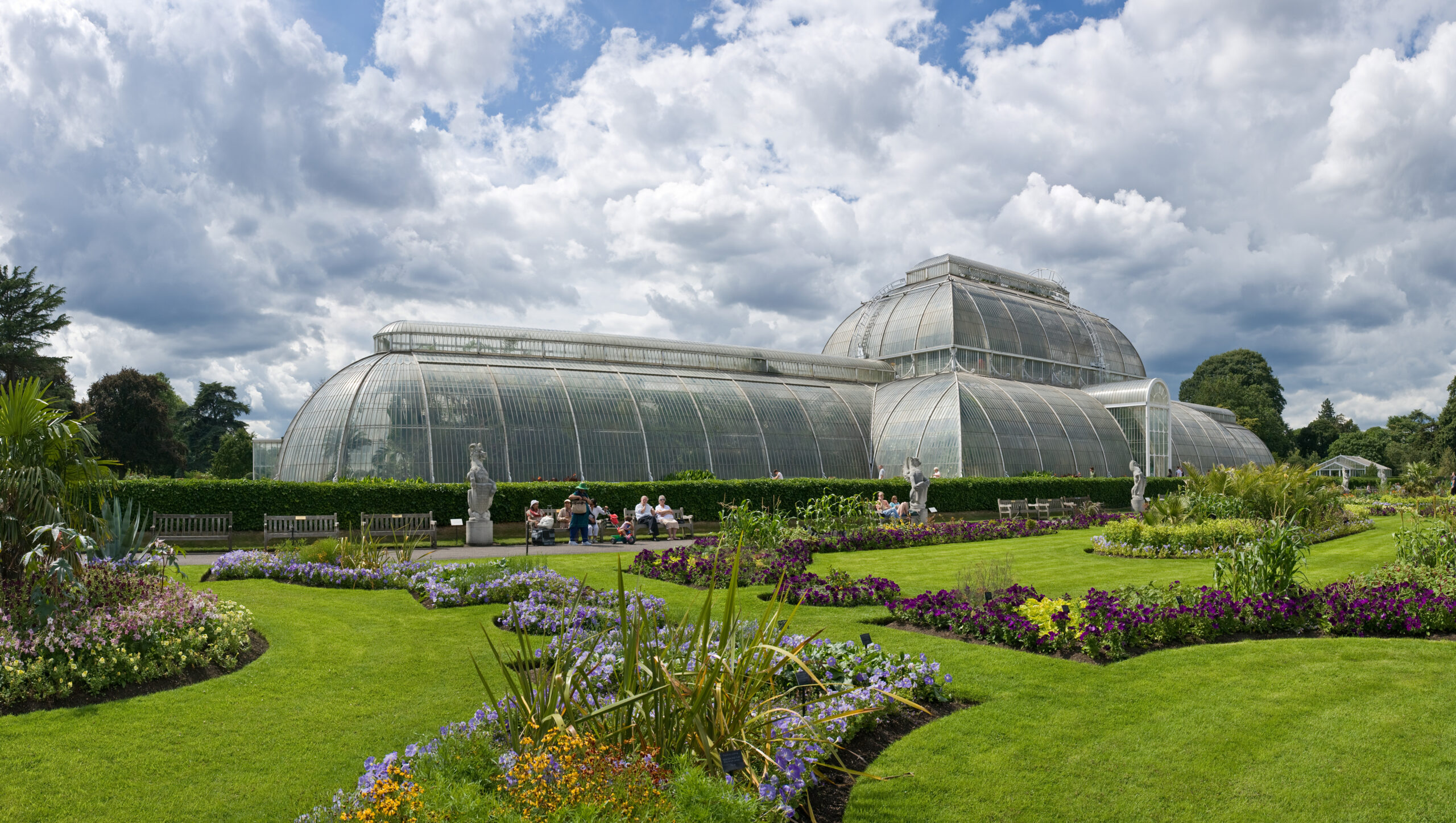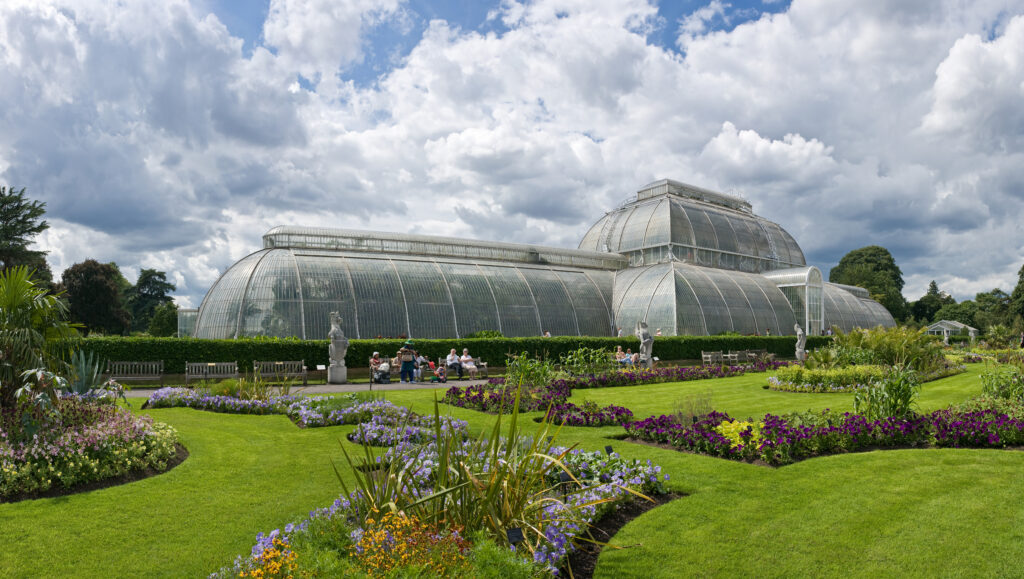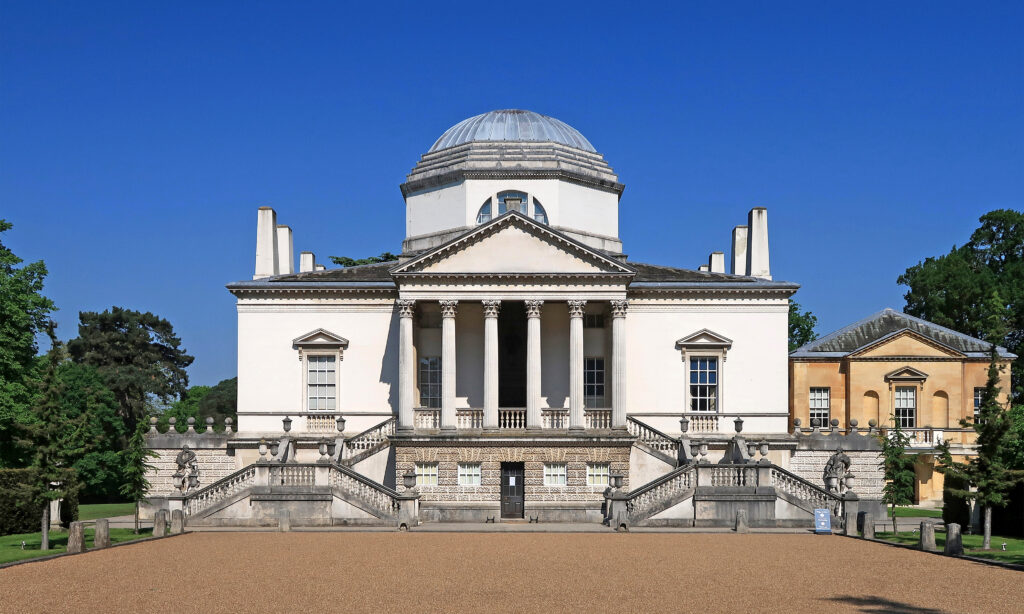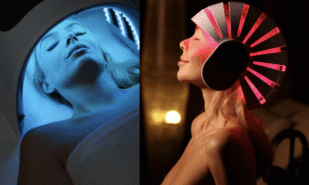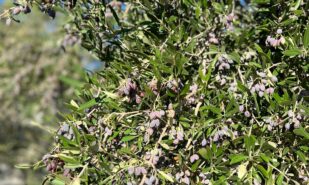In London’s climate, glasshouses have long become portals into tropical micro-worlds. Originally created as part of the British Empire’s ambitions, today they continue to exist, combining science, art, and sustainability. And if you’re planning a walk through the capital’s exotic glazed paths, we’ll tell you what to look out for and how to navigate among the echoes of different eras.
Botanical Time Machines: What to See in London’s Glasshouses?
Even the most poetic of glass pavilions initially served a scientific purpose. London’s glasshouses became laboratories where the medicinal properties of plants were studied, the possibilities of their acclimatisation explored, and new botanical classifications developed. It was here that the pharmacopoeia began to take shape and methods were discovered for cultivating useful crops far from their place of origin.
Kew Gardens: Encyclopaedic Model, Plans and Events
The Royal Botanic Gardens at Kew are the largest and most renowned glasshouse complex in the UK and are protected by UNESCO. Here you’ll find the Palm House, built between 1844 and 1848 by architects Decimus Burton and Richard Turner. Inspired by ship hulls, it was the first architectural structure of this scale to combine curved glass and wrought iron. The Palm House became London’s home for plants from the Caribbean, India, and West Africa. Later, in the 1860s, it was followed by the Temperate House — an even more ambitious project reflecting the same idea of collection. It houses plants from temperate zones — from South Africa to Australia — and its strict architectural symmetry evokes catalogues and herbariums.
But don’t delay your visit! From 2027, the Palm House will close for five years for major restoration works, the most extensive since renovations in the 1980s. The £50 million project will cover everything: from the replacement of 16,000 glass panes to the relocation of 1,300 plants, including some of the rarest specimens. For example, a 250-year-old tree cycad, around four metres tall and weighing over a tonne. In addition to restoration, the Palm House will also undergo an “environmental upgrade”: gas boilers will be replaced with air and water heat pumps, and new double glazing will ensure maximum insulation, helping to reduce carbon emissions. The neighbouring Waterlily House will also temporarily close.
Kew Gardens’ glasshouses regularly host morning tours and educational programmes for children and adults. Visitors can take part in workshops, scientific demonstrations, and practical sessions right among the tropical plants of the Palm House or in the historic pavilions of the Temperate House. Here is the current events programme at Kew Gardens:
- The Power of Trees, until 14 September – a large-scale exhibition dedicated to trees as humanity’s ancient allies, from myths to climate science.
- Oaklore, from 26 July to 31 August – an interactive exhibition for the whole family featuring ancient legends, fairy tales, and craft stories inspired by oak.
- Material World, from 20 September to 2 November – an exhibition on natural materials derived from plants, from fabrics to dyes.
- Fleurs de Villes: Downton Abbey at Kew, from 22 September to 1 October – a chance to see floral sculptures inspired by Downton Abbey characters set within the botanical garden.
Glasshouses of Private Residences: Chiswick House, Fulham Palace and Syon House
In the early 20th century, the scale shifted towards privacy. Glasshouses began to appear in private country residences as a continuation of enlightened leisure. At Chiswick House, Fulham Palace and Syon House, the glass pavilions were integrated into garden ensembles. In this context, the landscape became a place for personal observation and meditative interaction with the exotic. Thus, the aesthetic moved away from engineering awe towards an Eastern understanding of nature. Plants were no longer research subjects but companions for morning walks or shady retreats for reading and conversation.
Chiswick House & Gardens is an example of 18th-century neoclassical architecture with a Victorian glasshouse. In summer, it hosts open-air concerts and a pop-up cinema. Here’s the upcoming events listing:
- Ben & Jerry’s Sundaes in the Park, 26 July, 12:00–22:00 – a family festival with ice cream, live music, and cheerful picnics.
- Wine Tasting with Tom Surgey, 31 July and 21 August, 19:00–20:30 – an evening of wine tasting with a professional sommelier and stories of rare vintages against a historic backdrop.
- Artist Studios Open Day, 30 August, 10:30–16:00 – open artists’ studios on the Chiswick House grounds, where visitors can witness the creative process, chat, and purchase artworks.
- Dog Show, 21 September – the annual dog show for all breeds and sizes, with competitions and prizes. Registration is open.
Syon House and Conservatory is the residence of the Dukes of Northumberland, where a Regency-style glasshouse from the 1820s has been preserved. Entry to the house and gardens requires a ticket, which can be purchased on-site or online. It’s best to plan your visit in advance, especially during wedding season.
Fulham Palace is the former summer residence of the Bishops of London. The recently restored glasshouse and well-maintained gardens are free to visit. In summer, the grounds host yoga classes, farmers’ markets, and informative talks on plants. The event programme is published in advance on the website. However, be sure to allow at least 2–3 hours to visit the larger estates.

